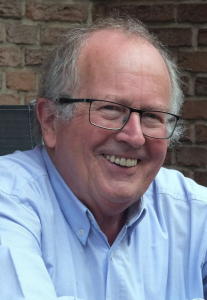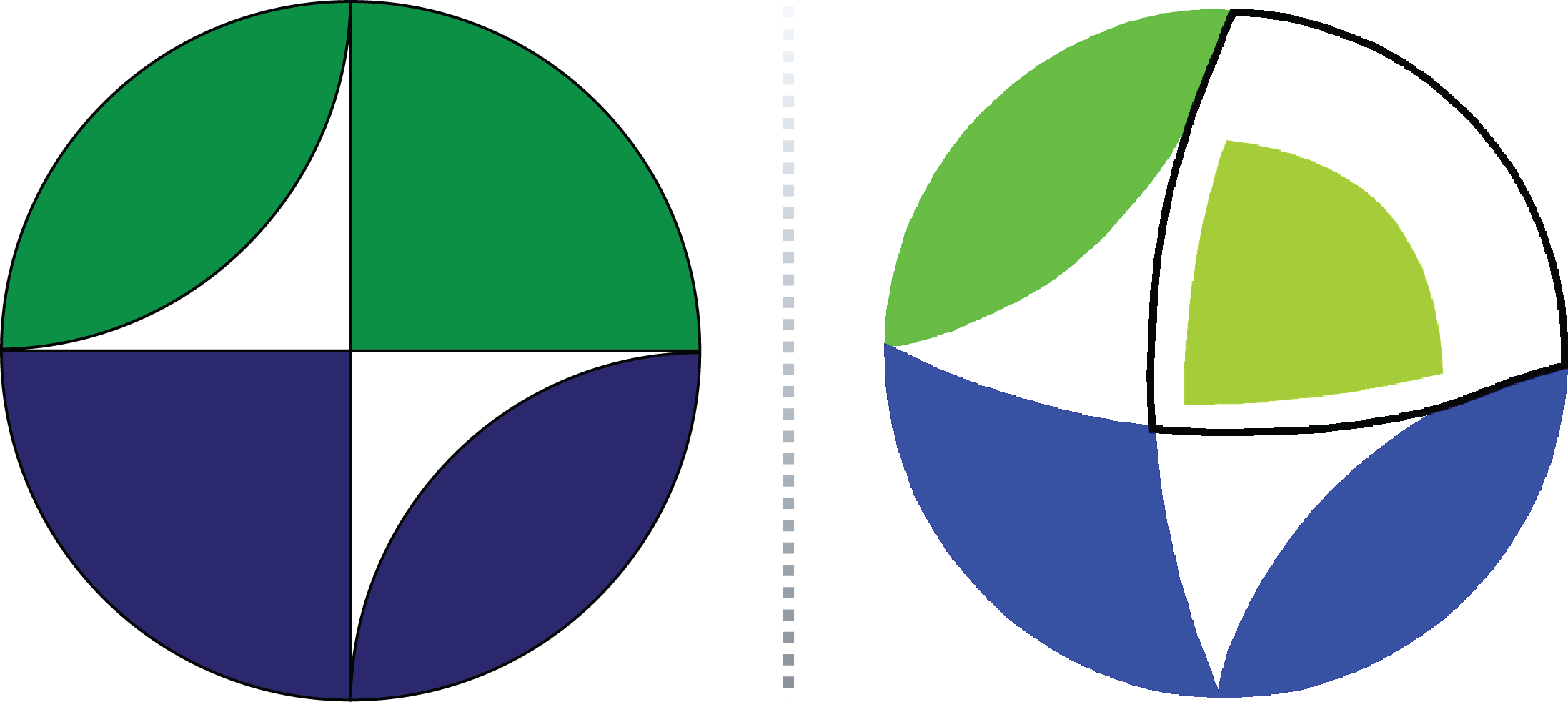Günter Leydecker (1941 - 2022)

We mourn the loss of our friend and colleague Dr. phil. nat. geophysicist Günter Leydecker.
Born on 26 November 1941 in Ludwigshafen am Rhein, Germany, and raised in Schifferstadt, Günter was always proud of his origins in the Palatinate. He studied geophysics at the Universities of Mainz and Frankfurt from 1963 to 1970. In 1975, he completed his doctorate at the Institute for Meteorology and Geophysics at the Johann Wolfgang Goethe University in Frankfurt am Main. For his dissertation "Seismicity studies in the Peloponnese on the basis of precise earthquake locations", he spent a long time in Greece to set up and supervise a seismological station network. His enthusiasm for seismology and travelling has accompanied him and his wife Marlis throughout their lives.
In 1976, Günter Leydecker began his career at the Federal Institute for Geosciences and Natural Resources (BGR), Germany, where he remained until his retirement in 2006. He initially worked at the Central Seismological Observatory in Erlangen until 1978. His first task proved to be the focus of his entire professional life and his most important work: the compilation and maintenance of the earthquake catalogue for Germany, which is still known among experts as the "Leydecker Catalogue". The first version of this earthquake catalogue was completed in 1978 and bore the report title "Seismic criteria for the site selection of nuclear facilities in the Federal Republic of Germany". This was the first parametric and computer-readable earthquake catalogue for Germany. Günter's ideas on parameterisation and the format of the catalogue laid the foundations that are still valid today. Although this report was still labelled "Classified - For Government Use Only", Günter was keen to make his findings publicly available. He published an improved version of the earthquake catalogue in 1986 in the “Geologisches Jahrbuch” and made the data available on diskette. The catalogue was updated regularly, often several times a year, and was already available on the Internet in the 1990s. Even after his retirement, the catalogue was a matter close to his heart. The latest version, "Earthquake catalogue for Germany and adjacent areas for the years 800 to 2008", was published again in the “Geologisches Jahrbuch” in 2011; Günter made the final improvements in 2016.
In 1978, Günter moved from Erlangen to Hannover to work in the "Seismology" unit and in 1989 to the "Engineering Seismology and Soil Dynamics" unit at the BGR. As he had felt very much at home in Erlangen, the move to Lower Saxony was not easy for him. The topic of earthquake catalogues continued to occupy him, and due to his expertise, he became co-author of numerous other catalogues, the first European catalogue together with J. M. Van Gils (1991), the catalogue for the former Soviet Union together with N. V. Shebalin (1997), the catalogue for Central and Southeast Europe (1998) and the catalogue for Ghana (2012). His commitment to good scientific cooperation with seismologists in the former Soviet Union in difficult times after its collapse should be emphasised.
Another focus of his work was the seismological monitoring of the Gorleben salt dome at the planned national deep geological repository for radioactive waste. The network for this was designed and set up in 1981. It consisted of 6 seismometers at a depth of 300 metres, where the seismic ground noise is considerably lower than at the Earth's surface. Most of these stations are still in operation today.
Günter emphasised that today's earthquakes should also be analysed using macroseismic methods. Some of the earthquakes he analysed himself were Friuli in 1976, Soltau in 1977, Rotenburg (Wümme) in 2004, as well as strong rock bursts in the potash mines of the Werra valley and the Harz foreland near Sünna in 1975, Völkershausen in 1989 and Teutschenthal in 1996. One result of his investigations was the derivation of a correlation between magnitude and area of collapse in rock bursts in German potash mining.
At the BGR, Günter set up his own group of seismologists, civil engineers and engineering seismologists on the subject of engineering seismology and became a sought-after expert for seismic hazard analyses of nuclear plant sites or dams. He advocated the use of probabilistic seismic hazard analyses in combination with deterministic methods. From 1999 to 2002, he headed the engineering seismology sub- project in a research project to assess the seismic hazard of repository sites for radioactive waste in northern Germany.
A long collaboration with colleagues in Bucharest and Sofia resulted in seismic hazard maps for Romania and Bulgaria and good friendships, which he actively cultivated together with his wife.
As a highly esteemed expert, he was a valued reviewer for international journals and was represented on numerous national and international expert committees. From 1976 to 2006 he was a member of the German Seismology Working Group of the “Forschungskollegium Physik des Erdkörpers (FKPE)” and headed the "Seismological Analysis" working group there from 1989 to 2003.
From 1996 to 2006 Günter was coordinator for Europe for the "Third Level Regionalisation" initiated by the International Association of Seismology and Physics of the Earth's Interior (IASPEI) and developed the seismogeographic regionalisation for Germany.
As a member of the German DIN standards committee working group on earthquakes, he was involved in the further development of the German seismic building code DIN 4149 from 1997 to 2006. He was also a member of the seismology working group of the German Reactor Safety Commission (2000-2004) and the working committee for the amendment of the Nuclear Safety Standards Commission safety standard KTA 2201.1 “Design of Nuclear Power Plants against Seismic Events" (2005-2011).
From the first edition for 1974 to the edition for 1994, Günter was co-editor of the annual series "Earthquakes in Germany", in which the earthquake services of the federal states, the seismological observatories at universities and other German research institutions published a joint compilation of regional earthquake reports under the auspices of the BGR. He campaigned strongly, but ultimately in vain, for the continuation of this publication series.
Günter represented his views directly, emphatically and without shying away from conflict. In addition to his professional work, he was also involved in local politics on a honourary basis. He always orientated himself towards what seemed reasonable and served the common good. In his hometown of lsernhagen NB near Hannover, he was elected local mayor. He loved working in the garden and supplied his colleagues with zucchini, walnuts, quince bread, quince liqueur and Riesling from the Palatinate. He put up and looked after nesting boxes for birds on the BGR site. They are still in use today.
The hospitality at the Leydecker home of Günter and his dear wife Marlis was famous and appreciated. Those who knew Günter closely look back with gratitude on the kindness and care he showed his friends. His appreciative sympathy and support bear witness to his great humanity.
Günter Leydecker died unexpectedly after a short, serious illness at the age of 80 on 16 July 2022 in Hannover. He was survived by his wife Marlis and two sons with their families and five grandchildren. We keep him in honorable memory. Our deepest sympathy goes out to his family.
Diethelm Kaiser with friends and colleagues from the BGR
